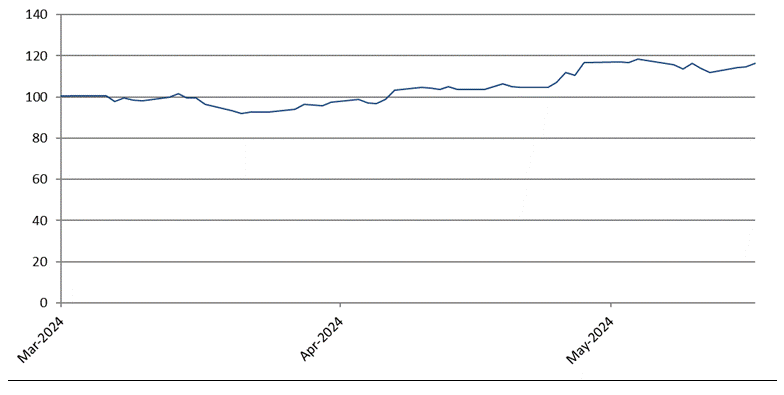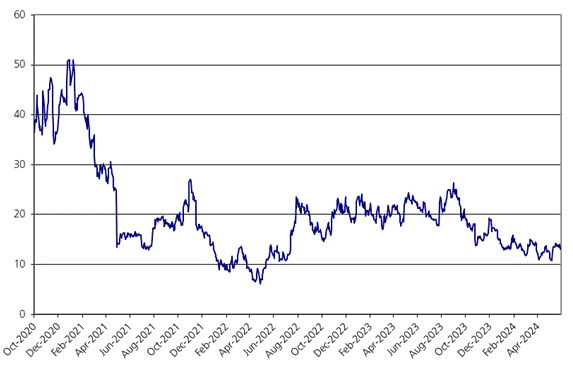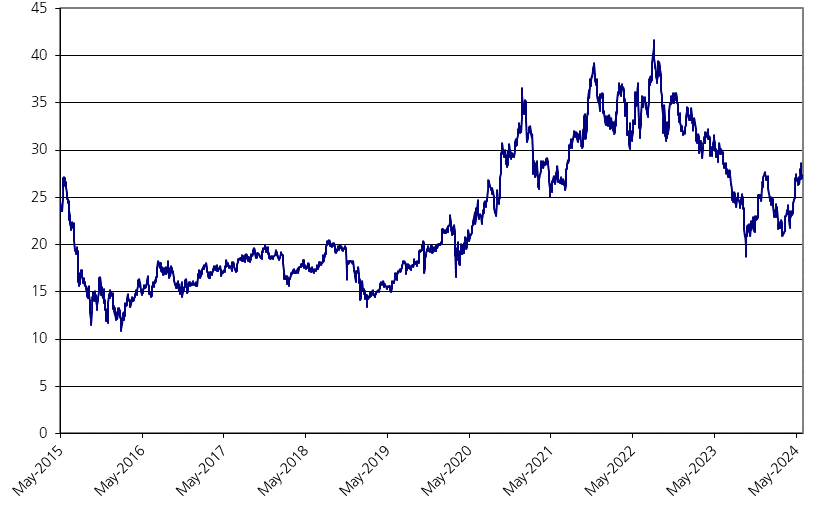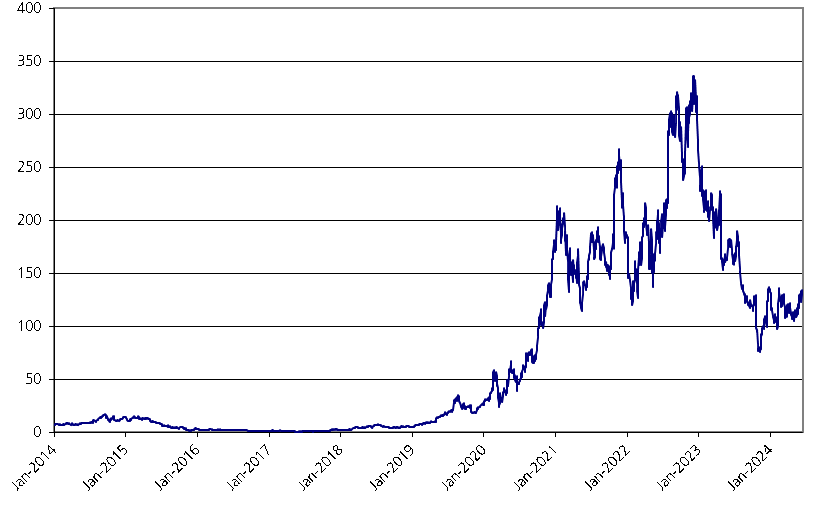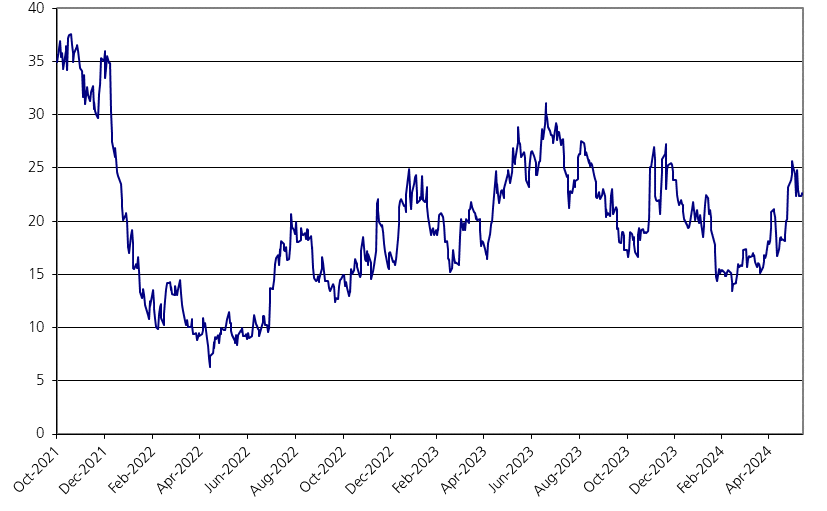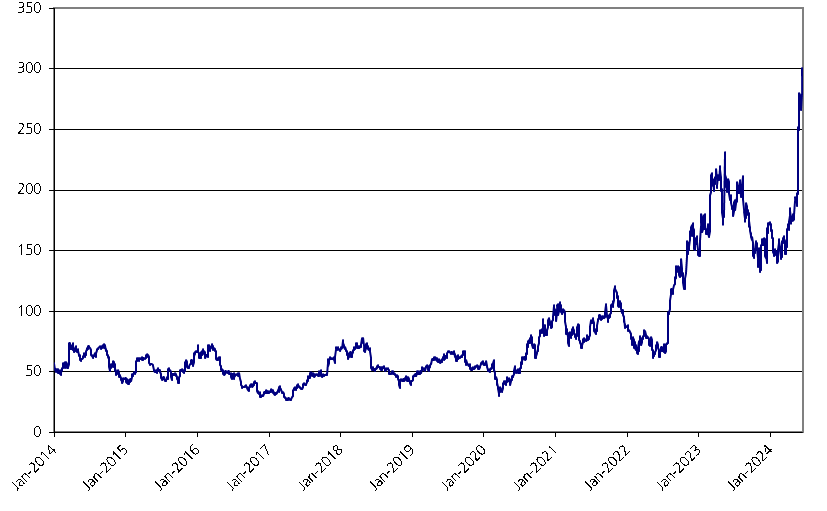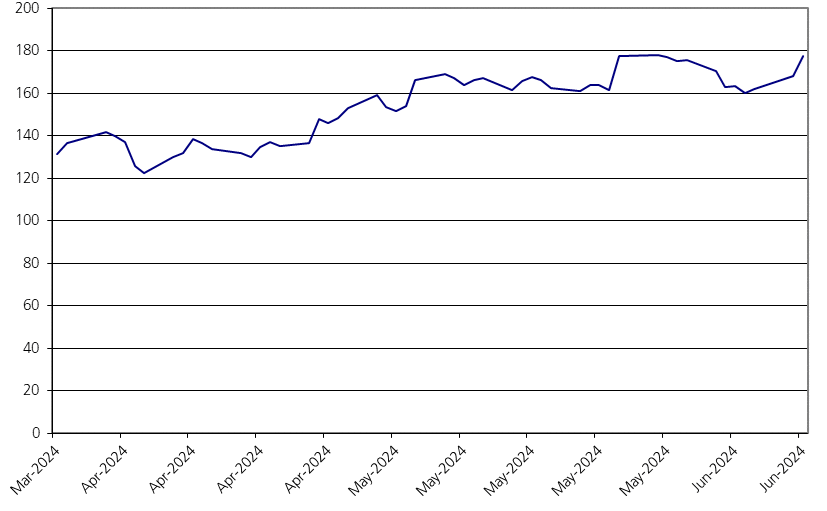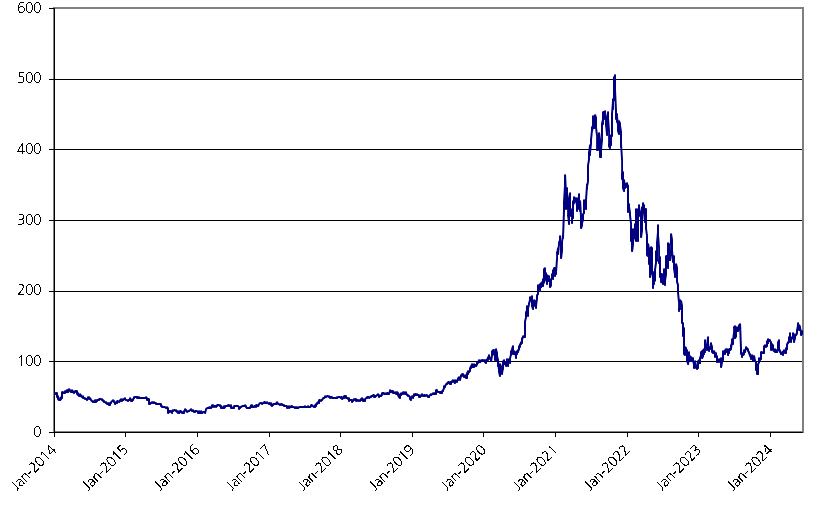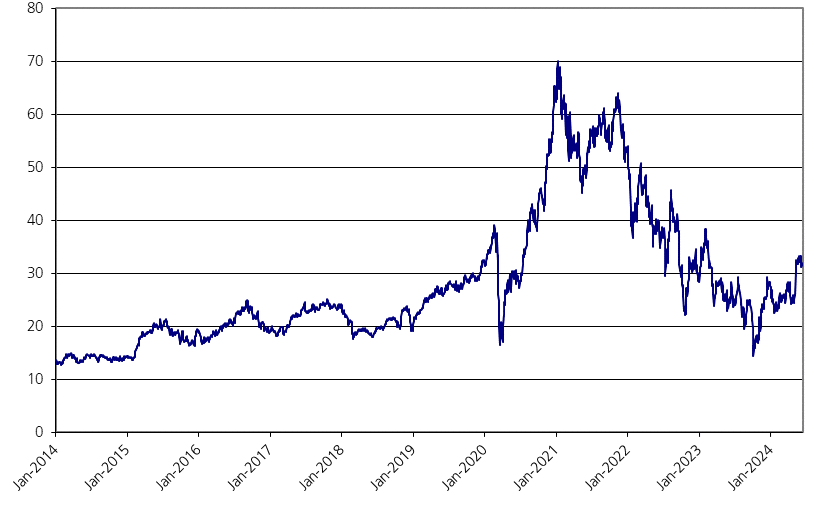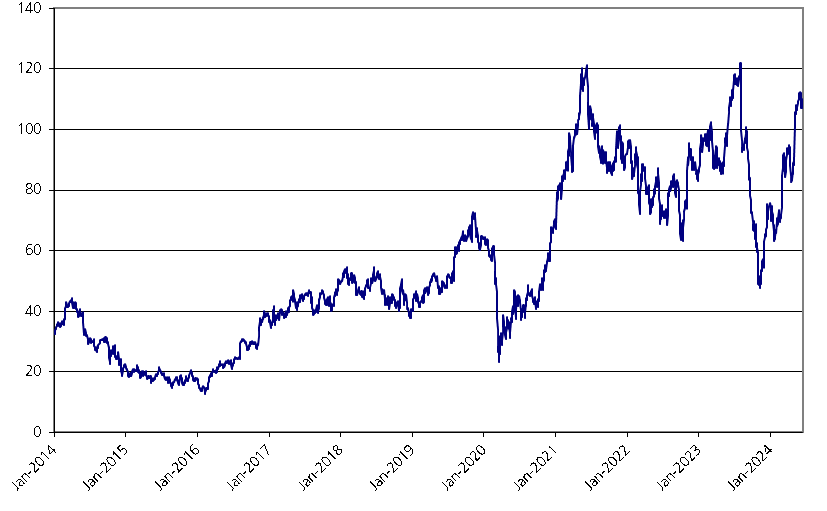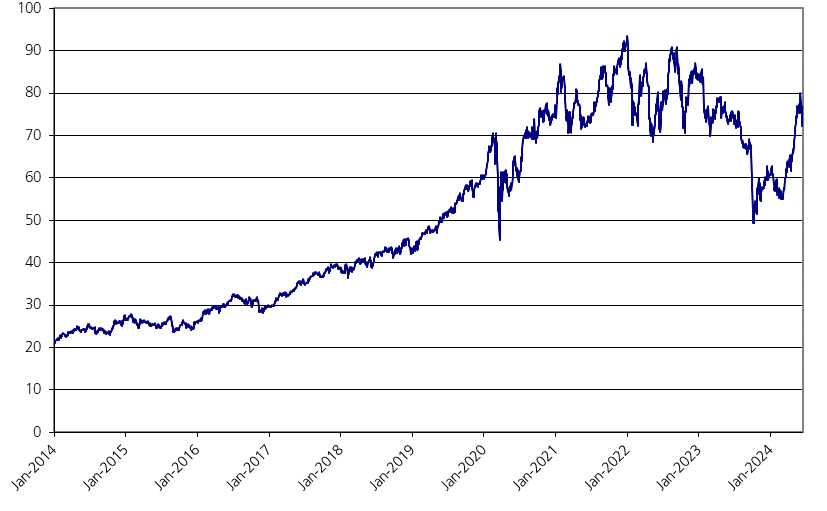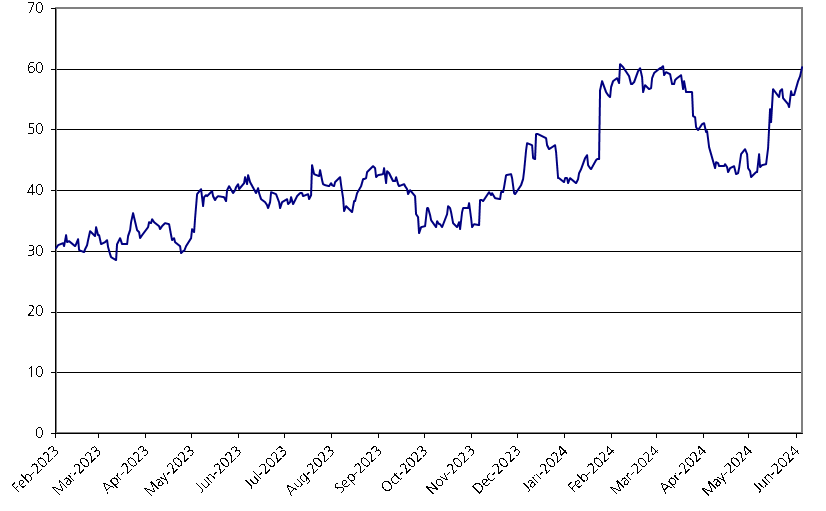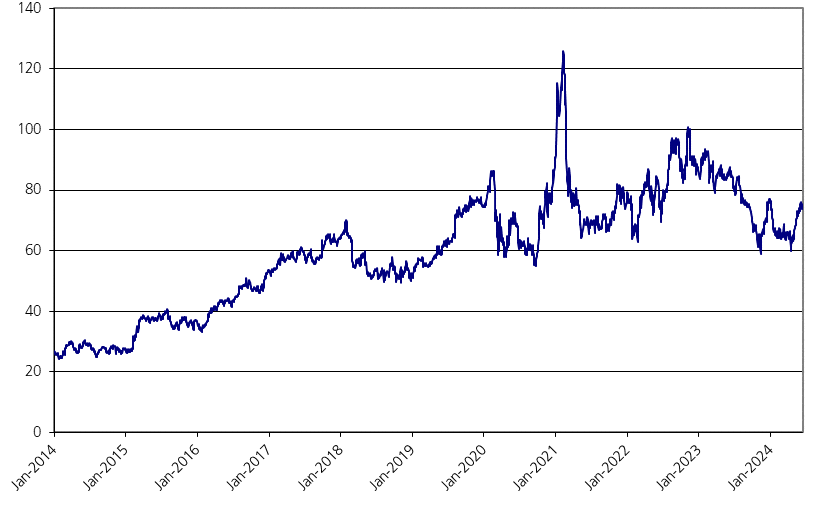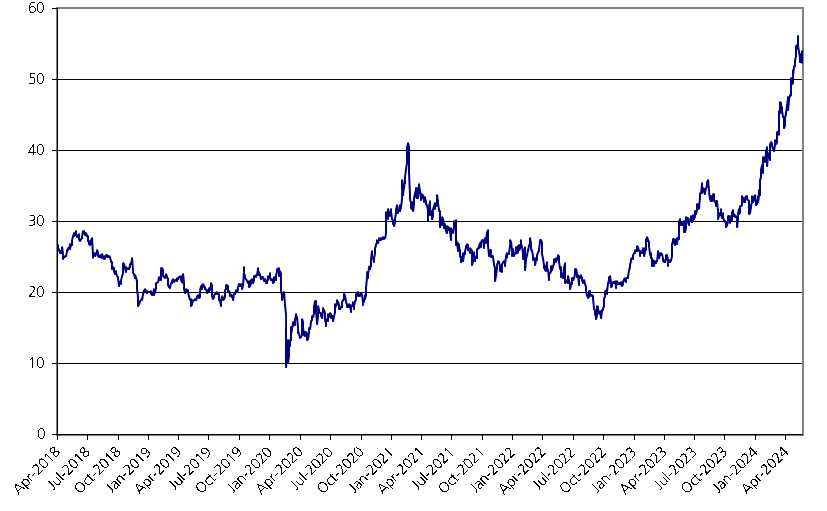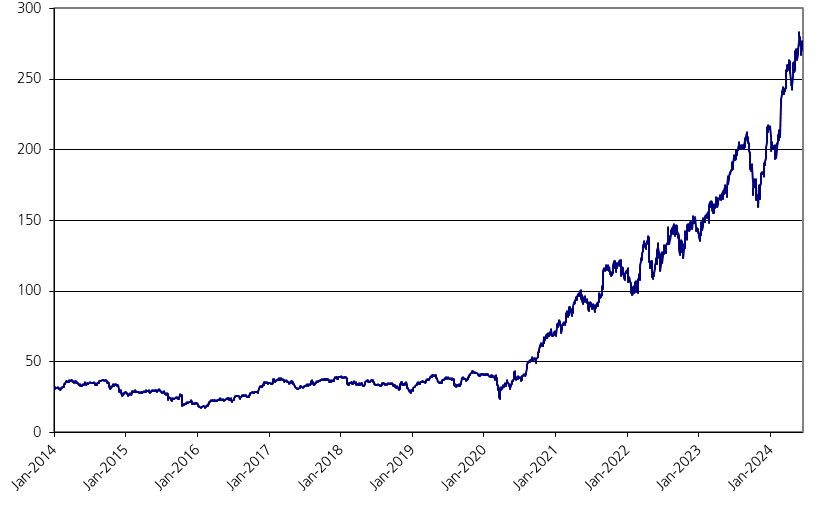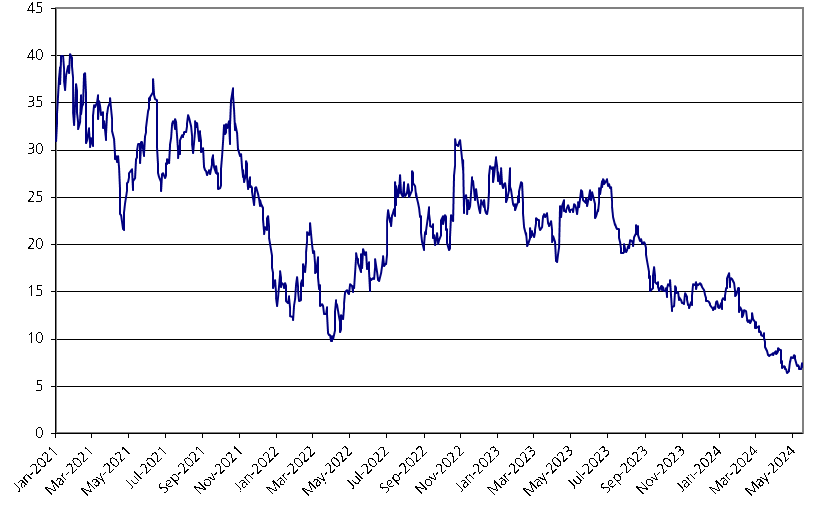Key Risks
An investment in the Securities involves significant risks. Investing in the Securities is not equivalent to a hypothetical investment in the underlying basket or in any of the basket assets. Some of the key risks that apply to the Securities are summarized below, but we urge you to read the more detailed explanation of risks relating to the Securities in the “Risk Factors” section of the accompanying product supplement. We also urge you to consult your investment, legal, tax, accounting and other advisors concerning an investment in the Securities.
Risks Relating to Return Characteristics
♦Risk of loss at maturity — The Securities differ from ordinary debt securities in that UBS will not necessarily repay the principal amount of the Securities. If the basket return is negative and the final basket level is less than the downside threshold, you will lose a percentage of your principal amount equal to the percentage that the final basket level is less than the initial basket level in excess of the buffer and, in extreme situations, you could lose almost all of your initial investment.
♦The contingent repayment of principal applies only if you hold your Securities to maturity — You should be willing to hold your Securities to maturity. The stated payout by the issuer is available only if you hold your Securities to maturity. If you are able to sell your Securities prior to maturity in the secondary market, you may have to sell them at a loss relative to your initial investment even if the level of the underlying basket at such time is equal to or greater than the downside threshold.
♦The upside gearing applies only at maturity — You should be willing to hold your Securities to maturity. If you are able to sell your Securities prior to maturity in the secondary market, the price you receive will likely not reflect the full economic value of the upside gearing, subject to the maximum gain, and the percentage return you realize may be less than the then-current basket return multiplied by the upside gearing, even if such return is positive and does not exceed the maximum gain. You can receive the full benefit of the upside gearing, subject to the maximum gain, only if you hold your Securities to maturity.
♦Your potential return on the Securities is limited to the maximum gain — The return potential of the Securities is limited to the maximum gain. Therefore, you will not benefit from any positive basket return in excess of an amount that, when multiplied by the upside gearing, exceeds the maximum gain and your return on the Securities may be less than it would be in a hypothetical direct investment in the underlying basket or in the basket assets.
♦No interest payments — UBS will not pay any interest with respect to the Securities.
♦Greater expected volatility generally indicates an increased risk of loss at maturity — “Volatility” refers to the frequency and magnitude of changes in the level of the basket assets and, therefore, the underlying basket. The greater the expected volatility of the underlying basket as of the trade date, the greater the expectation is as of that date that the final basket level could be less than the downside threshold and, as a consequence, indicates an increased risk of loss. However, the underlying basket's volatility can change significantly over the term of the Securities, and a relatively lower downside threshold may not necessarily indicate that the Securities have a greater likelihood of a return of principal at maturity. You should be willing to accept the downside market risk of the underlying basket and the potential to lose some or almost all of your initial investment.
♦Owning the Securities is not the same as owning the basket assets — The return on your Securities may not reflect the return you would realize if you actually owned the basket assets. For instance, you will not benefit from any positive basket return in excess of an amount that, when multiplied by the upside gearing, exceeds the maximum gain. Furthermore, as an owner of the Securities, you will not receive or be entitled to receive any dividend payments or other distributions during the term of the Securities, and any such dividends or distributions on the basket assets will not be factored into the calculation of the payment at maturity on your Securities. Similarly, you will not have voting rights or any other rights of a holder of the basket assets.
Risks Relating to Characteristics of the Underlying Basket and Basket Assets
♦Market risk — The return on the Securities, which may be negative, is directly linked to the performance of the underlying basket (and, therefore, the weighted performance of the basket assets) and will depend on whether, and the extent to which, the basket return is positive or negative. The level of the basket assets (and, therefore, the level of the underlying basket) can rise or fall sharply due to factors specific to that basket asset and the issuers of the basket assets (each a “basket asset issuer”, together the “basket asset issuers”), such as stock price volatility, earnings, financial conditions, corporate, industry and regulatory developments, management changes and decisions and other events, as well as general market factors, such as general market volatility and levels, interest rates and economic, political and other conditions. You, as an investor in the Securities, should conduct your own investigation into the basket asset issuers and the basket assets for your Securities. For additional information regarding the basket asset issuers, please see “Information About the Basket and the Basket Assets” in this document and the basket asset issuers’ SEC filings referred to in that section. We urge you to review financial and other information filed periodically by the applicable basket asset issuer with the SEC.
♦Correlation (or lack of correlation) among the basket assets may adversely affect your return on the Securities — “Correlation” is a measure of the degree to which the returns of a pair of assets are similar to each other over a given period in terms of timing and direction. Movements in the levels of the basket assets may not correlate with each other. At a time when the level of a basket asset increases, the level of another basket asset may not increase as much, or may even decline. Therefore, in calculating the underlying basket’s performance on the final valuation date, an increase in the level of one basket asset may be moderated, wholly offset or reversed by a lesser increase or by a decline in the level of another basket asset. Further, high correlation of movements in the levels of the basket assets could adversely affect your return on the Securities during periods of negative performance of the basket assets. Changes in the correlation of the basket assets may adversely affect the market value of, and return on, your Securities.


